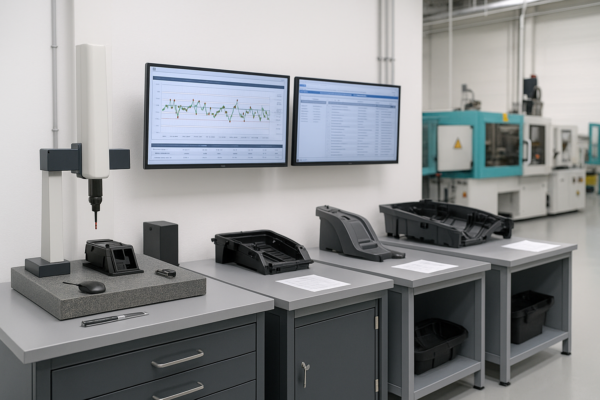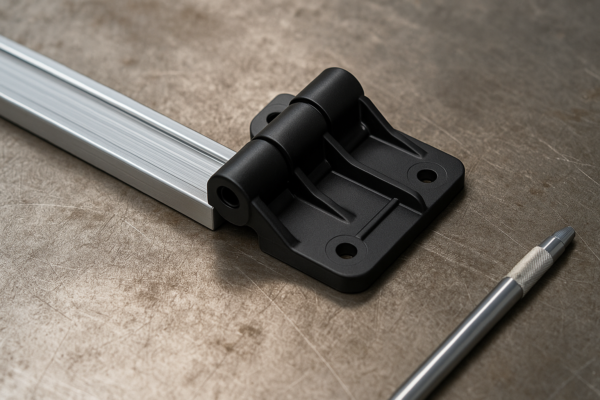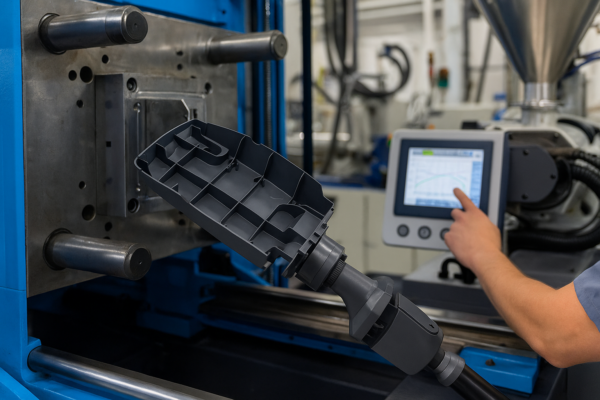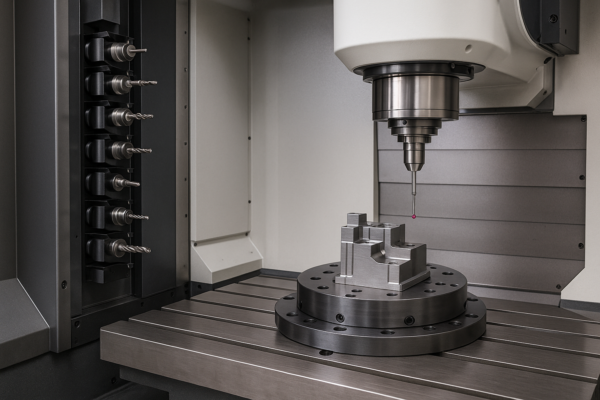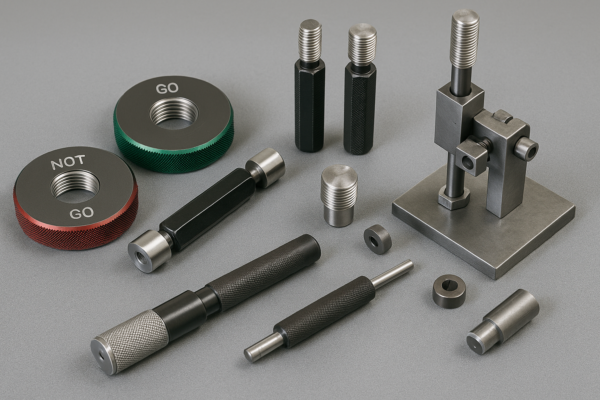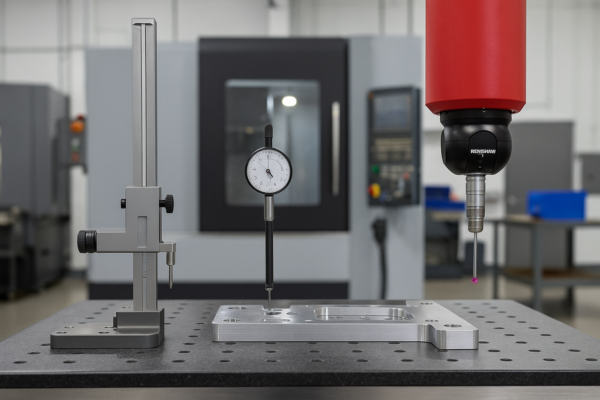How to Source High-Precision CNC Machined Metal Parts from China: Complete Guide for OEM Buyers?
Every OEM buyer faces delays, unclear quotes, or low quality when sourcing CNC parts from China. As a long-term B2B buyer myself, I know that the right sourcing strategy can save both time and money, reduce risk, and ensure product consistency.
Finding reliable CNC machining suppliers in China requires understanding quality, pricing, process, and logistics. This guide covers the key steps for OEM buyers: supplier selection, technical due diligence, quality control, and rapid prototyping.
Over the years, I’ve helped dozens of international clients navigate the Chinese CNC supply chain. Let’s break down what really matters for your next project—and how to avoid the common traps.
What Makes a Reliable CNC Parts Manufacturer? Key Criteria for Supplier Selection?
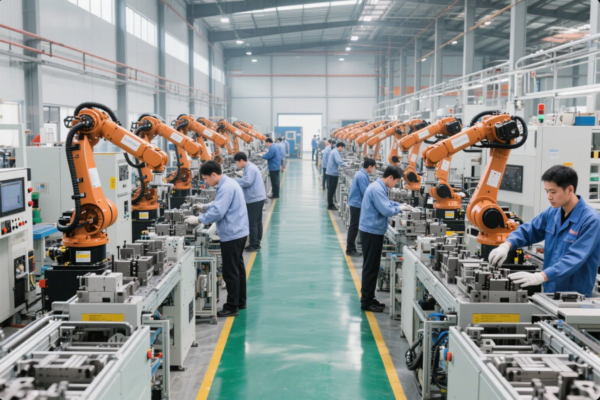
The CNC supplier you select will impact your quality, cost, and speed-to-market. I always start with a background check using platforms like Alibaba.com, GlobalSources.com, and Made-in-China.com. Look for real factory photos, ISO 9001 certification, and a history of exporting to North America or Europe.
Dig into third-party business data using ImportYeti.com, Panjiva.com, or ImportGenius.com. This reveals shipment records and who the factory’s past customers are.
Contact the supplier and assess their communication skills—good suppliers will answer technical questions directly and provide drawings or sample QC reports on request. Look for manufacturers featured on ThomasNet.com, IndustryNet.com, or with client testimonials on Trustpilot.
If you require a technical audit, companies like SGS, Bureau Veritas, and Intertek provide factory inspection and verification services.
Pro tip: Always ask for a video call factory tour or request a short production video. Direct factory communication is faster and avoids the risks and delays common with trading companies.
Key Criteria Table for CNC Manufacturer Selection
| Criteria | Why It Matters | How to Check |
|---|---|---|
| ISO Certification | Consistent process control | ISO.org |
| Production Scale | Can support your batch and urgency | Alibaba Factory View |
| Customization Ability | Custom drawings, finishes, packaging | Hubs.com CNC Machining |
| Export Experience | Understands overseas standards | Made-in-China Reviews |
| Response Speed | Good communication avoids mistakes | Alibaba Messaging |
CNC Machining Processes Explained: Milling, Turning, and Multi-Axis Capabilities?
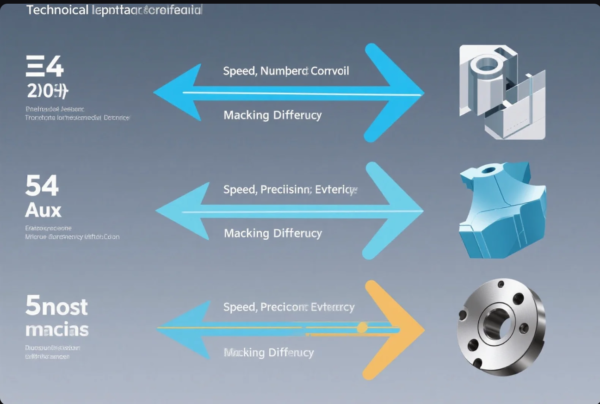
Precision CNC manufacturing involves several core processes.
- CNC Milling: Used for parts with flat faces, pockets, slots, or curves.
- CNC Turning: For shafts, bushings, and cylindrical features.
- Multi-Axis CNC: For complex shapes in aerospace, automotive, and medical devices.
For an in-depth comparison, see Autodesk’s CNC milling resource, Hubs’ knowledge base, or Engineering.com’s turning vs milling article.
Why Technical Capability Matters
A good supplier can explain the pros and cons of each process. Multi-axis machines reduce setups and improve accuracy. For parts needing ±0.01mm, check if the factory uses CMM (Coordinate Measuring Machine) for QC.
If you need surface finishes (like anodizing or powder coating), ask for case studies and photos of finished parts. Reliable suppliers have internal or certified external partners for plating, painting, and special coatings.
What is the Impact of Tolerance?
Tolerance affects fit, function, and performance. Clearly specify tolerances on your 2D technical drawings. If unsure, review Xometry’s general machining tolerances guide. Prime’s team often consults with buyers to optimize their designs for manufacturing and cost.
CNC Machining Capabilities Table
| Process | Typical Use | Key Feature | Further Reading |
|---|---|---|---|
| CNC Milling | Brackets, housings, frames | Complex shapes, many materials | Autodesk CNC Milling |
| CNC Turning | Shafts, bushings, pins | Fast, accurate, concentricity | Engineering.com Turning vs Milling |
| Multi-Axis CNC | Aerospace, medical, auto | Intricate geometries, fewer setups | Hubs 5-Axis CNC |
How to Ensure Quality Control for Custom CNC Metal Components?

Quality control is a major concern for buyers, especially when sourcing overseas.
A typical quality control plan includes:
- Incoming material inspection (material certificates from TUV or SGS)
- First article inspection (see QIMA FAI)
- In-process and final dimensional reports (using CMM)
- Visual and functional testing (photo and video confirmation)
- Packaging check (anti-rust, shock-proof, export-ready)
Request full documentation and keep all QC records. If you can’t visit China, use third-party services like QIMA, Asia Quality Focus, or Intertek to inspect before shipping.
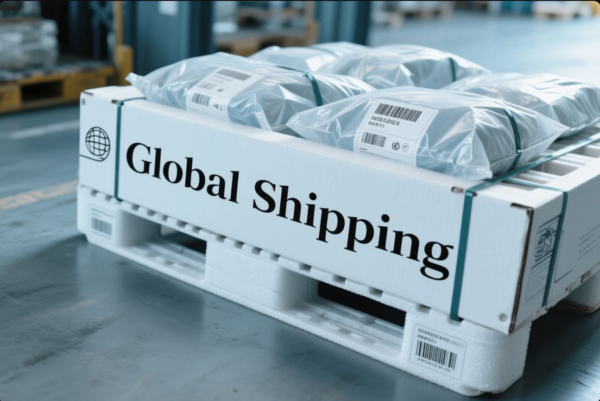
Prime’s Quality Assurance in Practice
At Prime, every order receives a dedicated project manager. Our engineers review every customer drawing, then issue a first article sample for approval.
We log all inspection data, track defects, and can provide full traceability. For clients in aerospace, automotive, and medical sectors, we use export-grade packaging and label every carton.
Tips for Fast Quotation and Prototyping When Ordering CNC Parts from China?
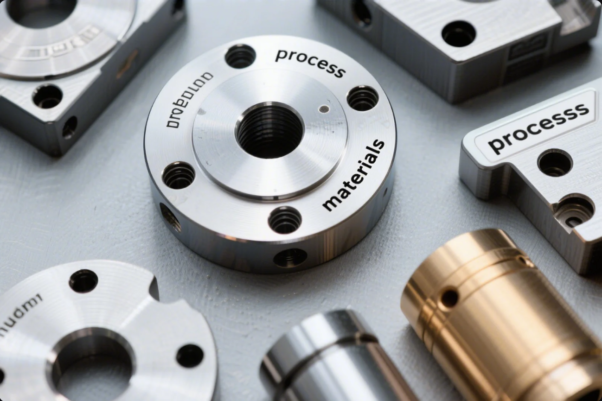
Speed is critical for R\&D and time-to-market. To get a fast, accurate quote:
- Send detailed 2D drawings and 3D models
- Specify quantities, annual forecasts, and deadlines
- List all materials and finishes required (Matmatch, OnlineMetals)
- State any special needs: packing, marking, inspection reports
Use the Alibaba RFQ, ThomasNet Quote, Hubs Quote, and MFG.com systems for competitive pricing. Always compare offers based on lead time, logistics, and service—not just price.
How to Optimize Your CNC Parts Supply Chain
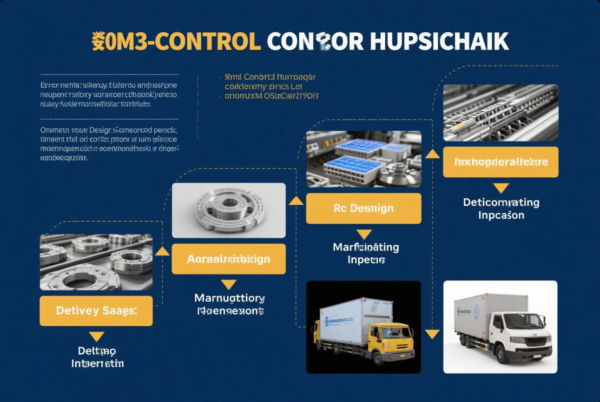
Managing a global supply chain can be complex, but today’s digital tools simplify it.
For order tracking, use systems like SAP, Oracle NetSuite, or Zoho Inventory.
For logistics, reliable forwarders include Kuehne + Nagel, DHL Global Forwarding, and Maersk.
Consider working with a sourcing agent or local QC partner for large projects. Some of the best in China are Dragon Sourcing and Insight Quality.
Use trade compliance and Incoterms resources at ICC and Export.gov.
Case Study: Solving a Packaging and Delivery Challenge

Last year, one of my U.S. clients received several CNC components with minor scratches due to poor packaging.
We immediately switched to using custom-cut foam, sealed anti-rust bags, and double-corrugated cartons with shock indicators.
As a result, defect rates dropped to zero and customer satisfaction improved.
We also started providing packaging photos before every shipment, using WhatsApp for real-time updates—a practice I now recommend to every international buyer.
FAQs about Sourcing CNC Parts from China

Q1: How do I verify a CNC factory in China?
Use Alibaba.com, Made-in-China.com, and check ISO registration. Confirm their business license on gsxt.gov.cn.
Q2: What is the standard MOQ?
Usually 10-100 pieces. Prototype orders accepted at MFG.com.
Q3: What payment methods are safe?
Use Alibaba Trade Assurance, PayPal, or bank LC.
Q4: How to get a rapid quote?
Send a full drawing through ThomasNet, Hubs Quote, or Alibaba RFQ.
Q5: Can I ask for NDA and IP protection?
Yes. Reputable suppliers sign NDA contracts. For more, see China IPR helpdesk.
Q6: How do I handle logistics and customs?
Let your supplier arrange shipping or use FedEx, DHL, UPS. Check customs documentation at Export.gov.
Q7: What if the parts are defective?
Request pre-shipment inspection with QIMA, Asia Quality Focus, or claim via Alibaba dispute resolution.
Q8: How to track supplier credibility?
Use Panjiva, ImportGenius, ImportYeti, and Dun & Bradstreet.
Q9: Where to learn about international trade standards?
Read Incoterms from ICC, U.S. Commercial Service, and EU trade portal.
Q10: Which platforms help manage global sourcing?
Try Alibaba.com, GlobalSources.com, ThomasNet.com, MFG.com, and IndustryNet.com.
Conclusion
Selecting a certified, professional CNC supplier in China is the key to a successful, low-risk supply chain.
By using robust due diligence, thorough quality control, and digital supply chain tools, OEM buyers can reliably source high-precision parts and improve profitability.
Contact Us
Ready to source high-precision CNC parts in China?
Visit PrimeCustomParts.com or email [email protected] for free technical consultation, fast quotes, and tailored solutions.
We guarantee fast delivery and reliable quality for every order.
Send your inquiry today and start a trustworthy partnership!

